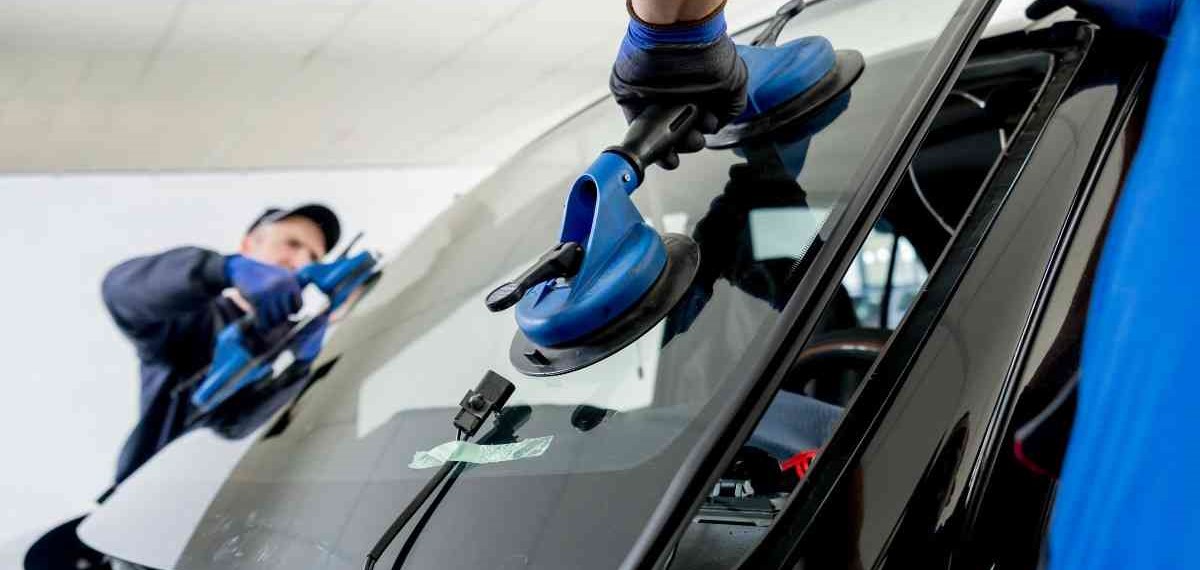

No, Oxnard drivers should avoid taking a car with a cracked windshield through an automatic carwash. High pressure jets (1,000-1,500 psi), rotating brushes, and coastal temperature shifts common in Oxnard facilities can force the crack to spread, weaken roof to glass support, and turn a simple resin repair into a full windshield replacement. Hand wash the vehicle or repair the glass first.
In Oxnard’s salt laden coastal air, cracks expand faster, so prompt repair matters. Oxnard Mobile Auto Glass provides onsite windshield repair and replacement across the city, restoring safety before your next carwash.
+1 (805) 625-9344Automatic carwashes combine water, soap, and moving parts to clean a car quickly. For a windshield with no damage, this process is generally safe. But when a crack or chip is already present:
Water at more than 1,000 psi can push dirt and cleaning solution into tiny gaps. Over time, this pressure forces the crack to open wider.
Cloth or soft bristle brushes spin against the surface. Even slight bending of the glass puts more stress on the weak point of a crack.
Cleaning agents can seep into a crack and weaken the glass edges. Once the edge is undercut, the crack can grow more easily.
Rollers and conveyors move your car through the wash at a steady pace. These small vibrations add up and can cause the crack to lengthen.
Adding these factors together makes it easy for what began as a small chip to turn into a long crack that needs a full windshield swap.
Living near the ocean means salt always finds its way into the air and onto surfaces. Salt alone can speed up the breakdown of many materials, including the glass seal around your windshield.
Tiny grains of salt settle into fissures. When water hits the surface, those grains expand and push the glass apart.
Morning marine layer fog often keeps temperatures in the mid 50s Fahrenheit. By mid-afternoon, sunny skies push that into the mid 70s. This swing causes the glass to contract and expand around a crack, making it longer.
Higher humidity means more moisture in the air. That moisture can get into a crack, freeze at night or evaporate in the sun, and cause microscopic shifts in the glass edge.
On windy days, tiny particles of sand or grit can be driven against the glass. These particles can chip away at the crack’s edge, making it rougher and easier to grow under pressure.
These local factors mean that what might stay stable elsewhere can become unstable here.
Understanding the kind of damage you have helps decide how quickly to act—and whether you’ll need a windshield replacement. Common damage types include:
Circular marks with spokes radiating out. If they are smaller than a quarter, they are often good candidates for resin repair.
Straight or slightly curved lines that run several inches. These almost always need professional replacement, especially if they reach the edge.
A mix of chips and lines. These are more complex and sometimes require full replacement even if the lines are short.
Cracks that start within two inches of the windshield edge. These are at higher risk of growing because the frame offers less support there.
A typical professional auto glass repair follows these steps:
The technician measures the length, depth, and location of the damage and decides if repair or replacement is best.
They clean the damaged area to remove all dust, dirt, and loose glass.
A clear resin is forced into the crack under vacuum or low pressure. This fills the air gaps and bonds the glass back together.
UV light hardens the resin in minutes. This restores most of the original strength and clarity.
Excess resin is scraped off, and the area is polished so it is as smooth as possible.
For small chips, this whole process takes under an hour and costs far less than a full windshield swap.
Repairing a chip or short crack usually runs $50 to $80. Waiting can turn that into a $300 + bill.
Filling a crack limits the way light bends when it passes through the glass, so you see more clearly on the road.
Many insurers cover full repair costs if done quickly. Letting the damage grow can lead to out of pocket expenses.
The windshield helps keep the roof from collapsing in a rollover. A solid bond matters more than you might think.
Park in the shade when it’s hot, and don’t run a hot defroster on a cold windshield right away.
Look at the repair site a few days later. If you see any new hairline cracks, call your repair shop.
Regularly wash with low pressure water and mild cleaner to keep dirt from working into the edges of the repair.
Driving through an automatic carwash in Oxnard with a cracked windshield risks making that crack much worse. Salt air, changing temperatures, and powerful wash equipment all push a small chip into a larger problem. By washing carefully by hand, choosing gentle cleaning options, and fixing damage quickly, you protect your visibility, safety, and wallet. Taking the time now to repair a chip can save you stress and money down the road.